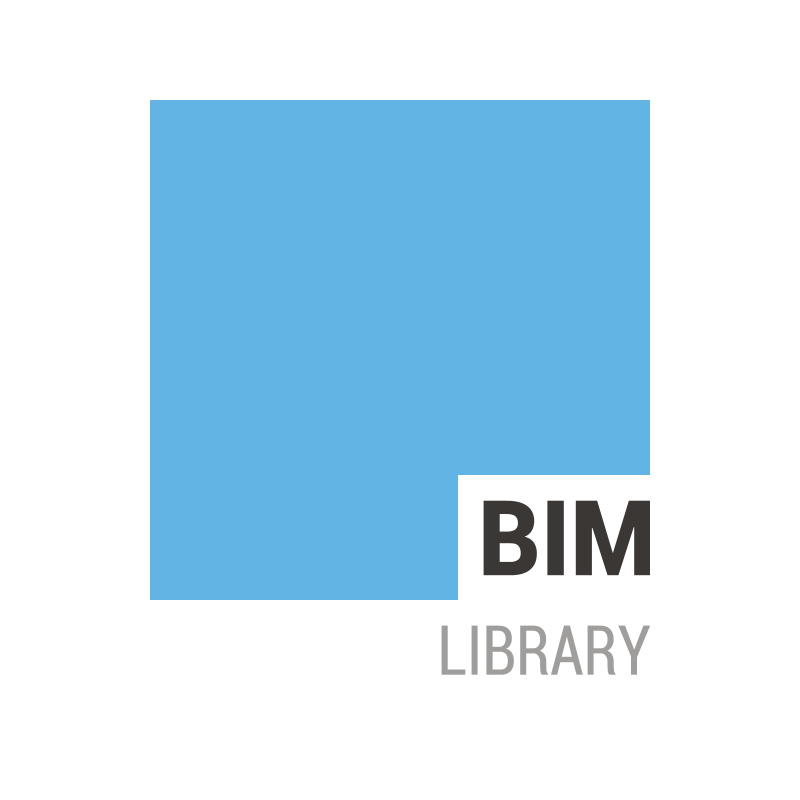BIM (Building Information Modelling) is a digital representation of physical and functional characteristics of an element.
In the specific case of construction, BIM can be seen as modelling to optimise the design, construction and management of buildings and infrastructure.
What is
BIM?
BIM is a new collaborative design method, e.g., a system that allows the sharing and exchange of information on the components used, not only geometric but above all qualitative (performance and technical characteristics), which is useful in each of the different design phases: architectural, structural, plant engineering and energy.
How does it
work?
The BIM design is managed with the help of a computerised system that allows the entire life cycle of the work to be managed and enables a substantial reduction in time and costs. From the models shared between the professionals involved, all the necessary documents and drawings can be extracted.
Benefits of the BIM method
Gewiss – BIM models and tools for electrical designers
In order to be able to design with the BIM method, it is necessary to have the models of the various components of the work (structural elements, furnishing objects, fixtures and fittings, architectural and plant components, etc.) produced according to international standards. Electrical designers therefore need BIM models of the electrical components to be included in their designs.
BIM models of products: Gewiss makes BIM models of its products available to planners. The data contained in the models are structured to take into account the specific type of each product and its installation aspects. In addition to the graphics, the models contain various information and elements that are needed in projects: technical data, images, symbols, links to data sheets, etc.
Plugin for REVIT®: Designers using REVIT software can use the plugin to directly insert BIM models of Gewiss components. In addition, the plugin makes it possible to achieve:
- Compositions with the inserts of the civil series (device, box, frame, plate) in various types of installation (flush, wall, watertight, etc.);
- Compositions of switchboards (wall and recessed) with modular devices (circuit breakers, differential, accessories, etc.).
Features of Gewiss models
Software useful for you





















